Here is a more detailed description of the newly released 9iNE.
1) The 9iNE product concept.
2) 9iNE housing design.
3) Blackening of stainless steel.
4) Various back plates.
5) Sound characteristics of each model.
6) Differences from the previous model 8iTE.
7) My recommended model.
1) The 9iNE product concept.
The 9iNE is the successor to a model called 8iTE. The 9iNE is the successor to the 8iTE model, and is also the successor to the 8-634, 89-634, and ROAK models, all of which are quite old. Since the 8iTE has now been discontinued, we developed the 9iNE as its successor.
The 9iNE has a tuning that is typical of 634EARS with the same top of bass and treble that has been inherited from earlier models, and I believe that it will allow you to enjoy a wide range of music genres.
2) 9iNE housing design.
The main feature of this earphone design is that the D-type driver can be placed extremely close to the tip of the nozzle.
The D-type driver is located 3.5 mm from the tip of the nozzle.
This allows the sound attenuation and peaks caused by reflections in the nozzle to be suppressed, resulting in a fresher sound.

The D-driver is located just off the nozzle tip.

The driver is placed in a tubular location above the nozzle.
The chassis is similar to that of the MIROAK, but is shorter and more compact. A large space is secured at the rear of the D-type driver, allowing the diaphragm to move firmly. The back plate material of the rear section can be selected to give it a unique appearance.
To keep the price as low as possible, the metal part of the chassis has a one-piece construction. The size of the rear back plate is the same as that of MIROAK and LOAK, and the MMCX part is also made of the same material to keep the price low.
3) Blackening of stainless steel.
The stainless steel housing is blackening with “Gen” stainless steel by “株式会社テ―エム”.
→ GEN brand page.
→ What is “GEN” stainless steel blackening?
This “GEN” technology has a very thin film that retains the texture of the metal itself. It also has the advantage that it does not peel off, and its dimensions remain almost the same.
In addition, since this blackening is an oxide film, the film does not peel off and has no effect on the human body, so it is safe to put in the mouth.
The greatest feature of blackening is that its color fades like denim as it is used. You can also enjoy the aging process of the metal.
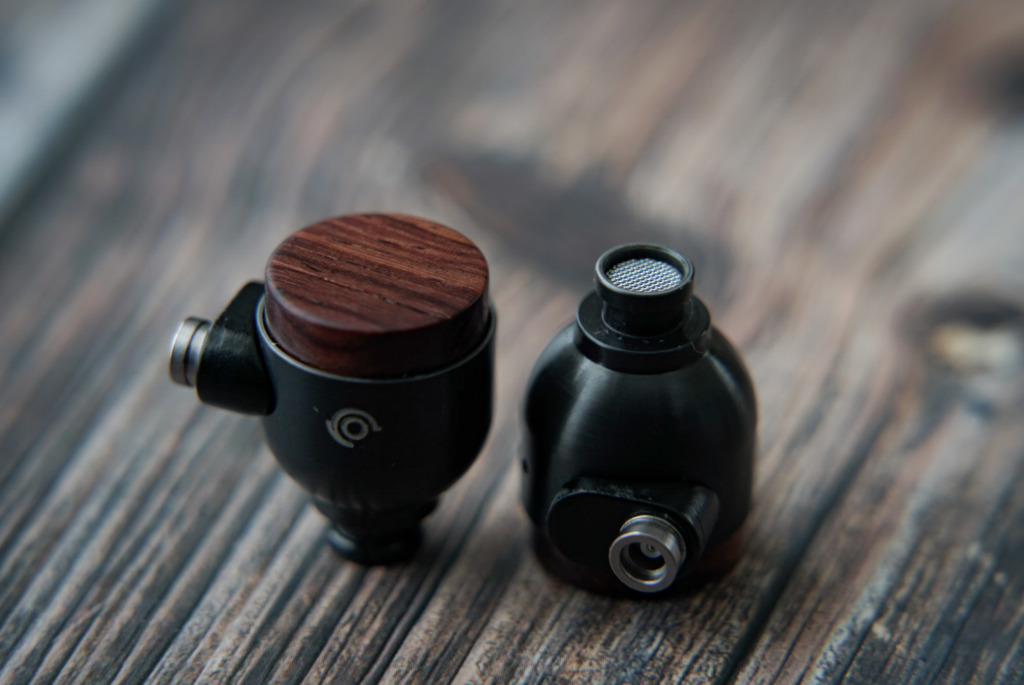
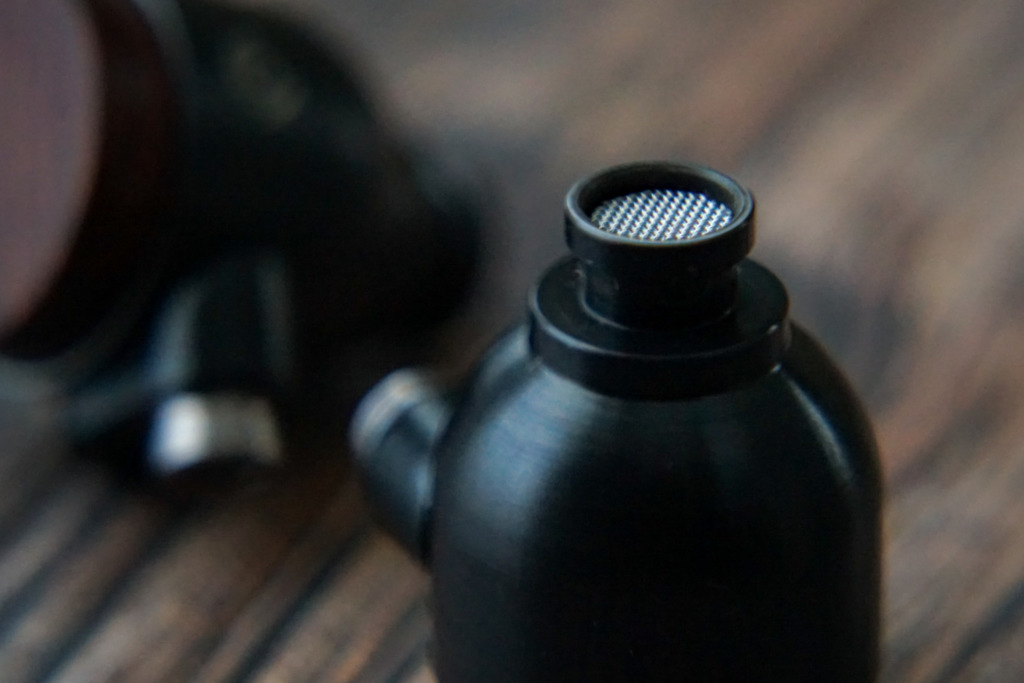

4) Various back plates.
There are four major types of rear enclosure backplates: wood, stainless steel, brass, and copper, with wood, brass, and copper each again having multiple types.
The brass and copper are colored using Momentum Factory Orii’s synthesis technology for metal coloring. Brass is available in two types, normal and colored, and copper is available in three types, all colored.

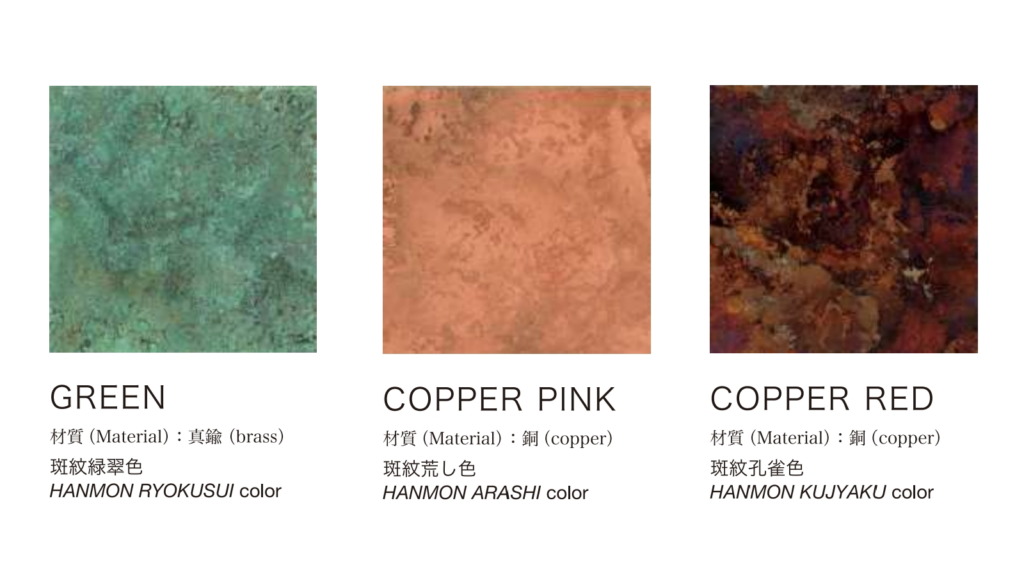
→ Momentum factory Orii.
→ Brass and copper coloring by momentum factory Orii.

Brass(Antique Silver)

Copper(Copper Pink)

Copper(Copper Red)
5) Sound characteristics of each model.
Basically, it features delicate and smart mids and highs based on a thick low-frequency foundation. The mids and highs are thin and clear, while the lows are moderately rich.
・Wood
You can choose from dozens of different woods to make your own. The sound changes slightly depending on various factors such as specific gravity, hardness, and oil content of the wood. The sound and individuality that only wood can produce are fascinating.
The base tuning is made of “rosewood (Indian rosewood or Ching-Chan)”. I recommend this wood for those who are not sure about the choice of wood.


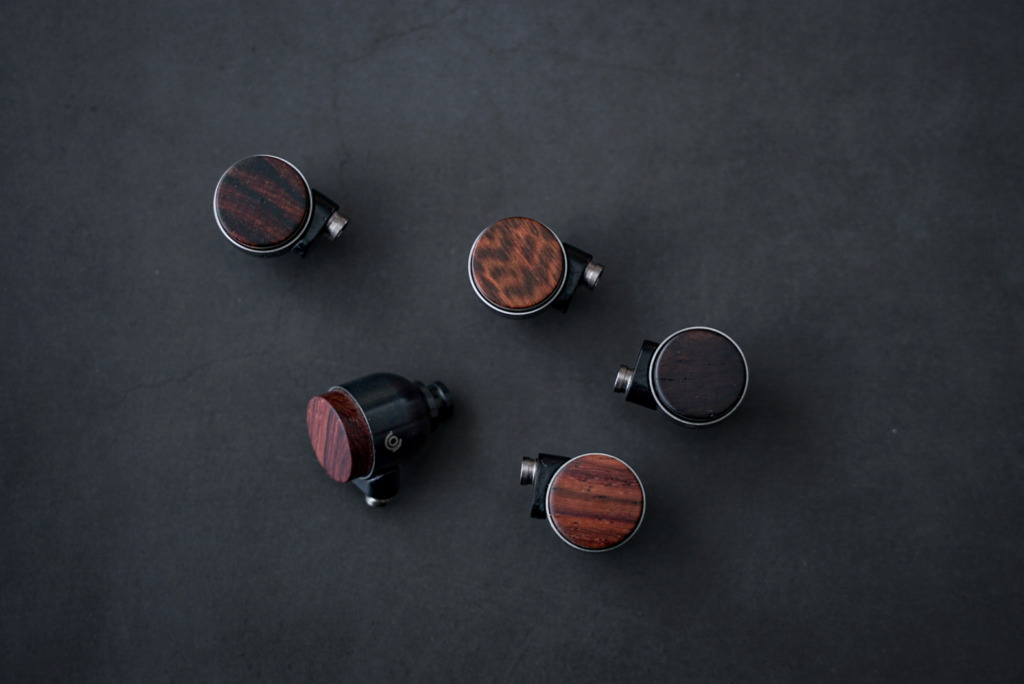
・Stainless steel
Stainless steel has a very different sound among the four models. The line of sound is very thin and sharp, with sharp highs and slim mids and lows. The mid-range is subdued and the sound has a little distance, but it is also flat and spacious.
There is a peak in the high frequency range, so there may be different tastes, but those who like high-resolution and crisp sound will like it.
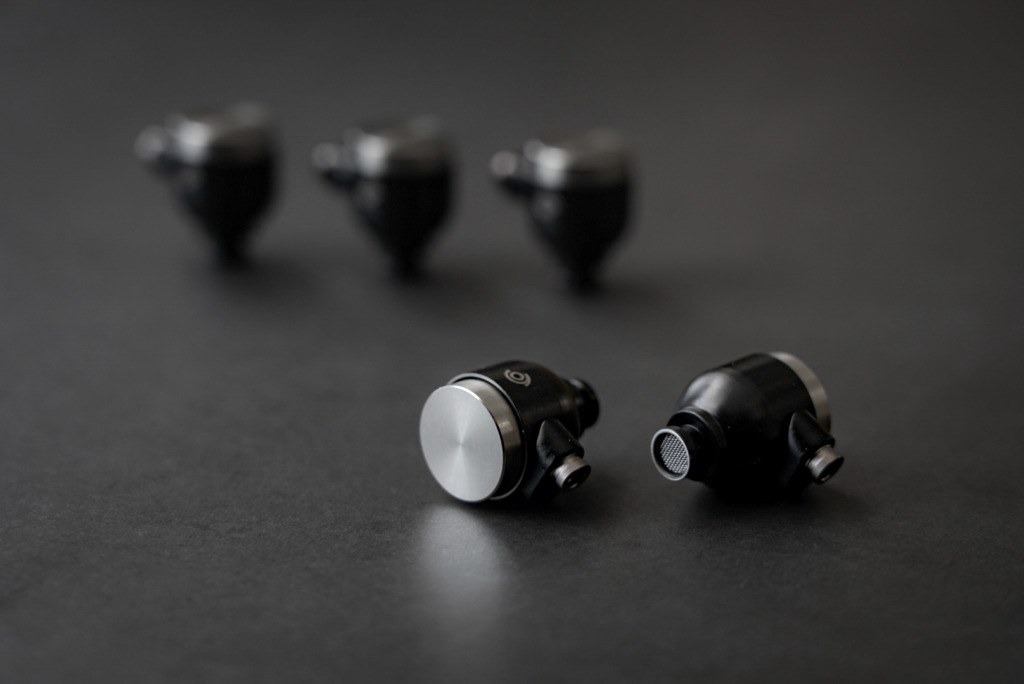
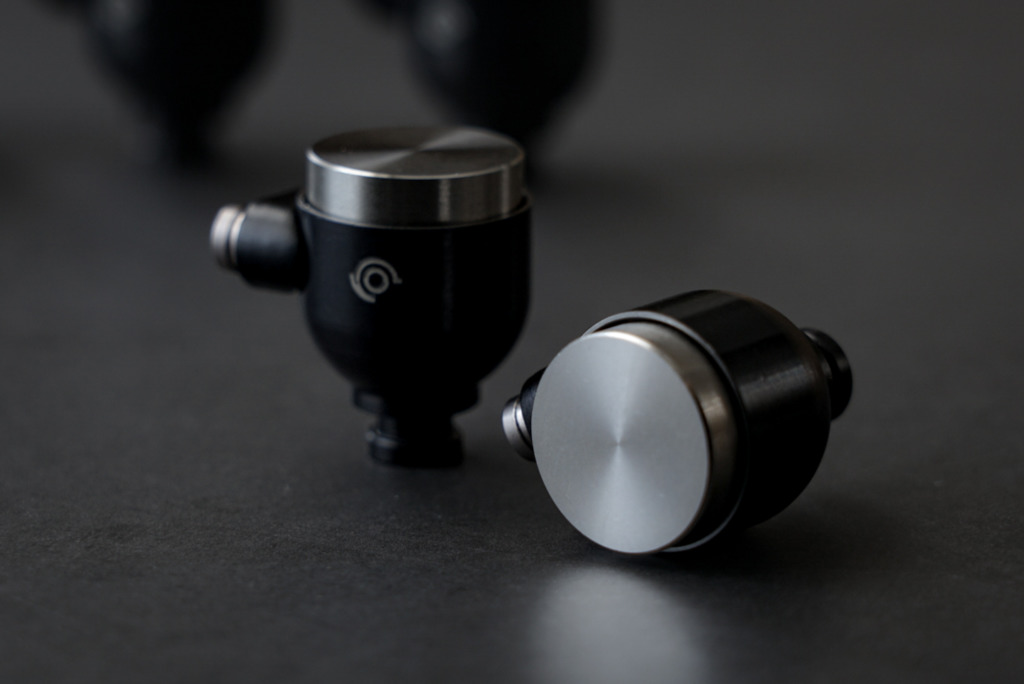

・Brass
There are three types of brass to choose from: NORMAL, GREEN, and ANTIQUE SILVER. The tuning is the same as the wood model, but the brass has a darker and heavier sound. Recommended for those who prefer a more solid sound than wood.

Brass(Normal)

Brass(Normal)

Brass(Antique Silver)
・Copper
There are three types of copper to choose from: BLUE, COPPER RED, and COPPER PINK. The tone is milder and gentler than brass. The high frequency range is moderate and the middle and low frequency range is thick. It has a relatively light sound and a little warm tone. It is easy to listen to.

Copper Pink

Copper Red
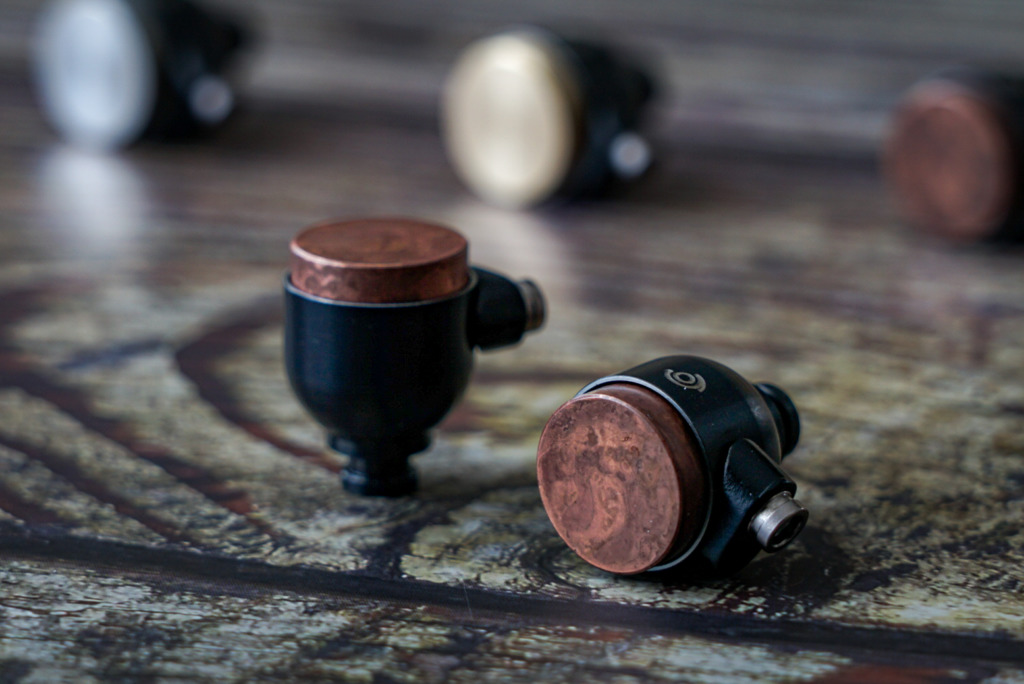
COpper Pink
6) Differences from the previous model 8iTE.
I think all the models sound a bit flatter than the old 8iTE. The sound is a little closer and there is less distortion in the low and high frequencies. The 9iNE-S is a little different and sharper.
The biggest change is in the texture of the sound. The 8iTE had a sound with full high frequency range, but the 9iNE has more high frequency range because the drivers are closer to each other. The 9iNE is closer to the driver, so the high frequency range is attenuated a little by adjusting the filter.
This is possible because there is enough room on the high-frequency side. In fact, the 9iNE’s nozzle has a filter with no space between the nozzles. Thanks to this, the sound is more elegant and smooth than that of the 8iTE.
7) My recommended model.
I recommend the wood-based 9iNE as the best of the four. It has the most standard balance of the four and is both easy to listen to and light.
I may not necessarily be able to do that, as the sound varies slightly from wood to wood, but I thought the one with rosewood in particular had just the slightest bit of warmth and bass fullness that really made this model stand out.
Then, if you want to make the sound denser and heavier, or milder, brass or copper would also be a good choice. If you want something crisper, the stainless steel 9iNE-S might be a good choice (I think the stainless steel type is the one that most people prefer).





